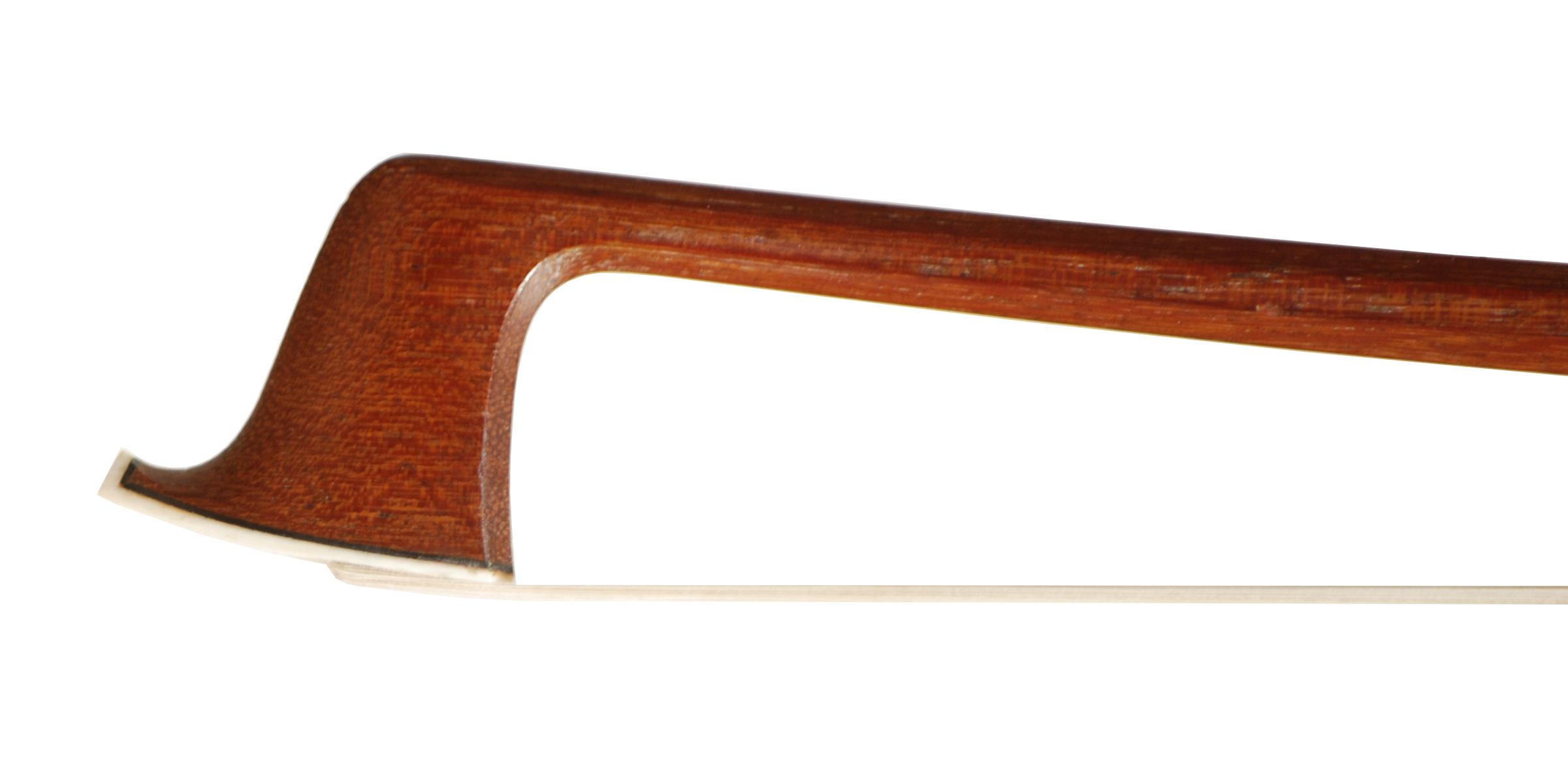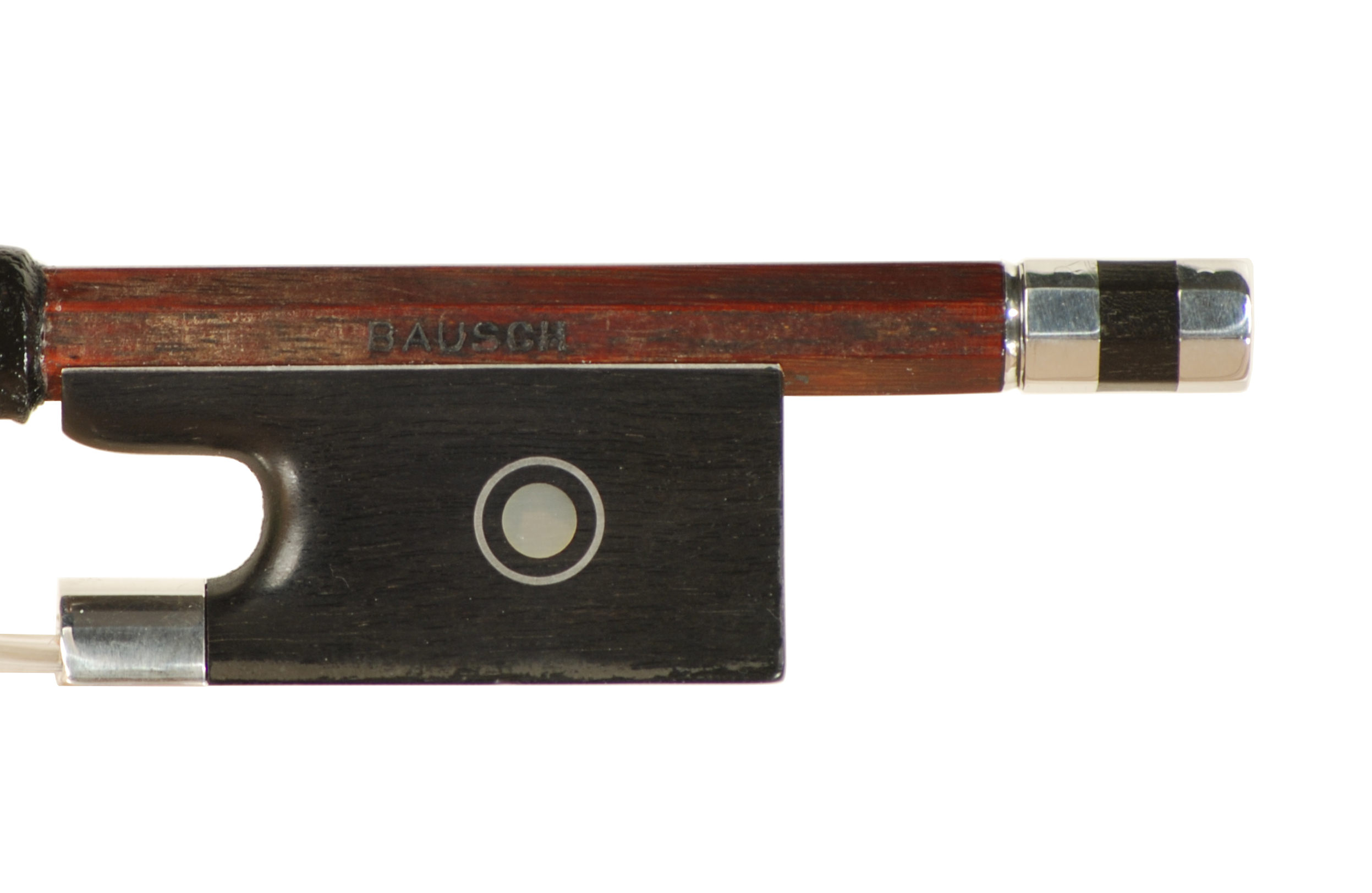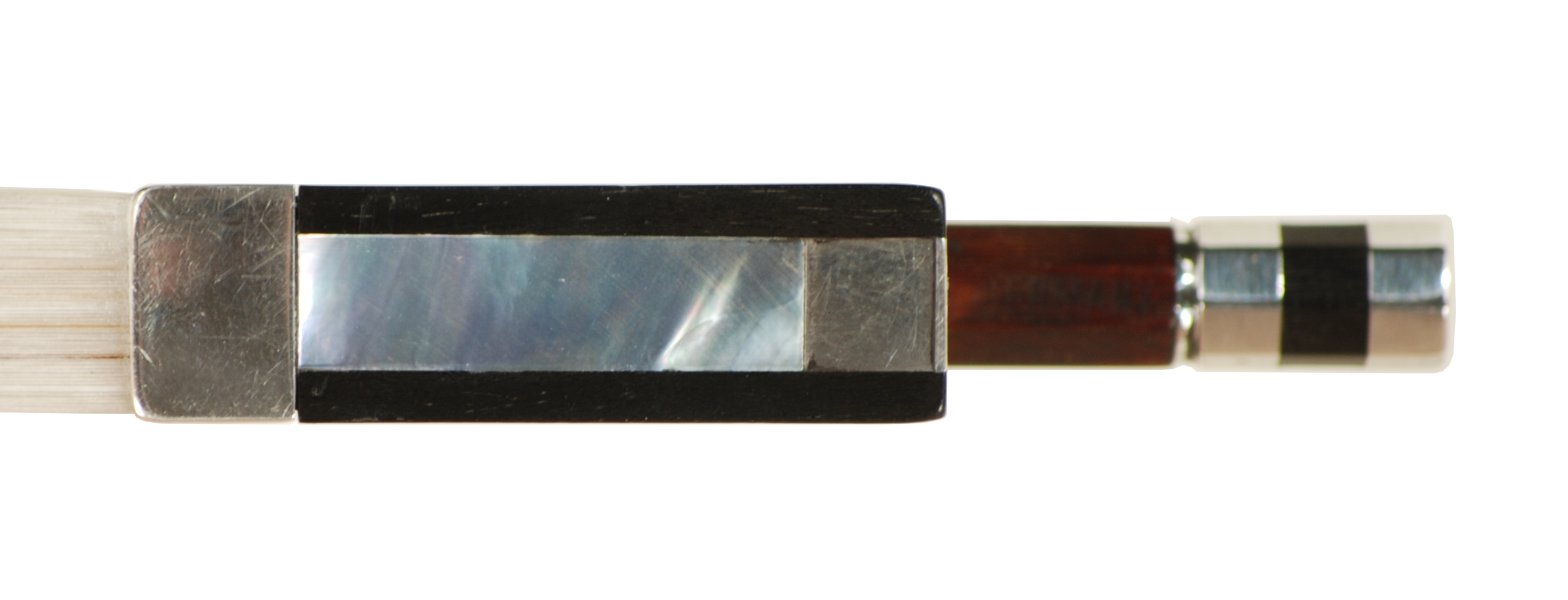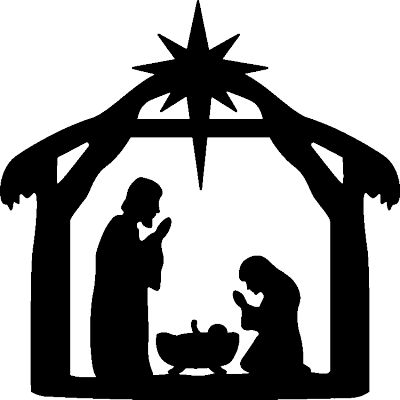BAUSCH Sterling Silver Violin Bow Saxony/Markneukirchen Area circa 1890-1910
$3,200.00

Stamped:
For over three centuries, German luthiers have supplied musicians not only with serviceable and affordable instruments but also their bows. This bow is from the late 19th century. From the late 1700’s through 1945 the violin was the most popular form of musical entertainment, next to the piano. To meet the demand, a thriving industry developed in a remote area of eastern Germany near the Czech border, a region known as Western Bohemia. The center of this instrument making industry was the town of Markneukirchen in the state of Saxony. The Bausch family was highly regarded, esteemed in the bow making area of the violin trade. They were known for their outstanding craftsmanship and playability. They made bows for four generations beginning with Ludwig Christian August Bausch in the 1820’s. The family made superb bows sold as their own and marketed unstamped bows to other shops in Germany such as the Heinrich Knopf workshop. The “BAUSCH” branded bows were still being made while the Bausch shop was under the management of the Paulus family from 1876 up to the 1920’s.
Our violin bow is a sterling silver mount, octagonal-section, pernambuco specie, older wood bow that is without a doubt made with fantastic workmanship. Bow making is four artisan crafts in one: wood working, jewelry work, leather work, and hair dressing. The knife work, chisel work, and block planning is at a very high level. Someone with years of experience had to have made this bow. The selection of the stick is choice. The grain is tight without flaws, and the color has medium darkness depth of amber/orange/brown color. The frog area of the pernambuco is slightly discolored (darker) from the rest of the stick from the decades of playing. This bow was handled by players for many years, and they took great care of their stick. The bow is semi-firm, and the camber is gradual from the head. It is finished in sterling mounts, and the sterling silver three-piece endscrew has the typical Bausch double rings in the collar of the end cap. Another sign of their French making influence. The ebony frog is Parisian eye model and the heel of the frog is two-piece. The tip, frog, and endscrew are original to the bow. We meticulously went over the entire bow, cleaning the stick well and replacing the deteriorated winding and leather thumb. The rest of the bow is entirely original. This bow is a player, easy to control, and has a solid feel in the hand. Yes, a German bow that I feel deserves many accolades. Each increment of the bow was expertly engineered in an age when they had little to no electricity. Workers worked long, painstaking hours, farmers hours, sunup to sundown, executing their craft. We don’t know the exact name of the maker, but I do know that this person was well skilled and spent many hours on this one stick. The bow is ready for another generation to enjoy and find a player to match it to their violin.
Weight fully haired 63.0 grams







